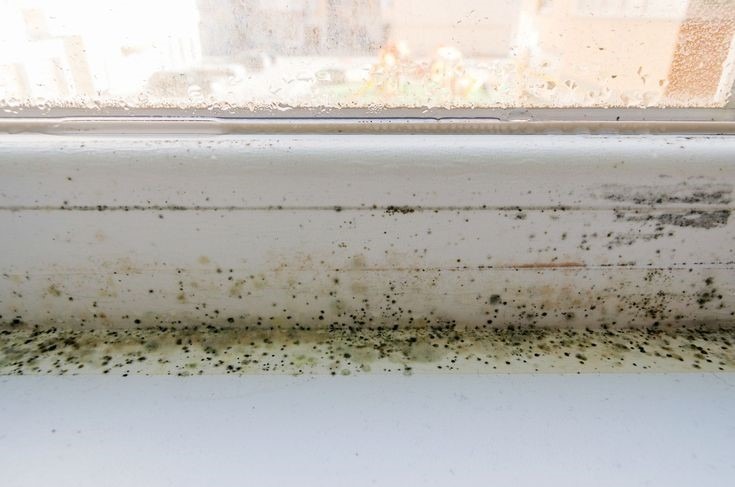When it comes to preventing mould growth in your home, early detection is key. Mould thrives in damp, hidden spaces, making it difficult to spot before it spreads. This is where DIY mould detectors come into play. With these affordable and easy-to-use tools, you can quickly identify areas at risk of mould growth, empowering you to take action before the issue escalates.
The Importance of Early Detection
Mould can begin to form in just 24-48 hours after water damage, making it a serious issue if not caught early. While mould may be visible in some areas, it’s often hidden in places like behind walls, under carpets, and in ventilation systems. Without a way to detect it, you could be living with mould for weeks before it becomes apparent. This is where DIY mould detectors prove invaluable—they help you pinpoint these hidden problems early, preventing further damage and health risks.
How DIY Mould Detectors Work
DIY mould detectors are designed to measure humidity levels, which are a primary indicator of mould growth. These detectors work by using sensors to detect areas with excess moisture, which is where mould is most likely to develop. Many of these devices are portable and compact, making them easy to use in multiple areas of your home, from basements and bathrooms to kitchens and attics.
Some detectors also come with additional features, such as alarms that sound when moisture levels are too high or when potential mould growth is detected. With these devices, you can be proactive in managing your home’s air quality and moisture levels.
Why Choose DIY Mould Detectors?
- Cost-Effective: Hiring a professional to check for mould can be expensive. DIY mould detectors give you an affordable, one-time solution to monitor your home’s moisture levels without the ongoing cost of expert services.
- Convenient and Easy to Use: These devices are user-friendly, often requiring no special skills to operate. Simply place the detector in areas where you suspect mould could develop, and it will alert you to any potential issues.
- Prevention of Health Risks: Mould isn’t just an aesthetic issue—it can lead to health problems such as allergies, asthma, and respiratory issues. Early detection ensures you can address the issue before it impacts your health.
Taking Action After Detection
Once a potential mould issue is detected, it’s important to act quickly. A DIY mould detector will help you identify the problem area, but to truly eliminate the risk, you’ll need to use effective mould treatment products, such as sprays and gels. Using these in combination with your DIY detector allows you to fully address the issue, remove any visible mould, and prevent future growth.
Conclusion
By investing in a DIY mould detector, you can stay ahead of potential mould problems in your home. Early detection helps you avoid costly damage, keep your living spaces healthy, and ensure your environment is mould-free. These detectors are easy to use, cost-effective, and provide peace of mind knowing you’re taking control of your home’s air quality.

